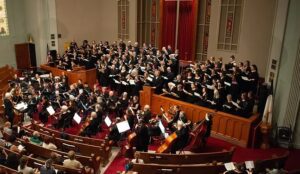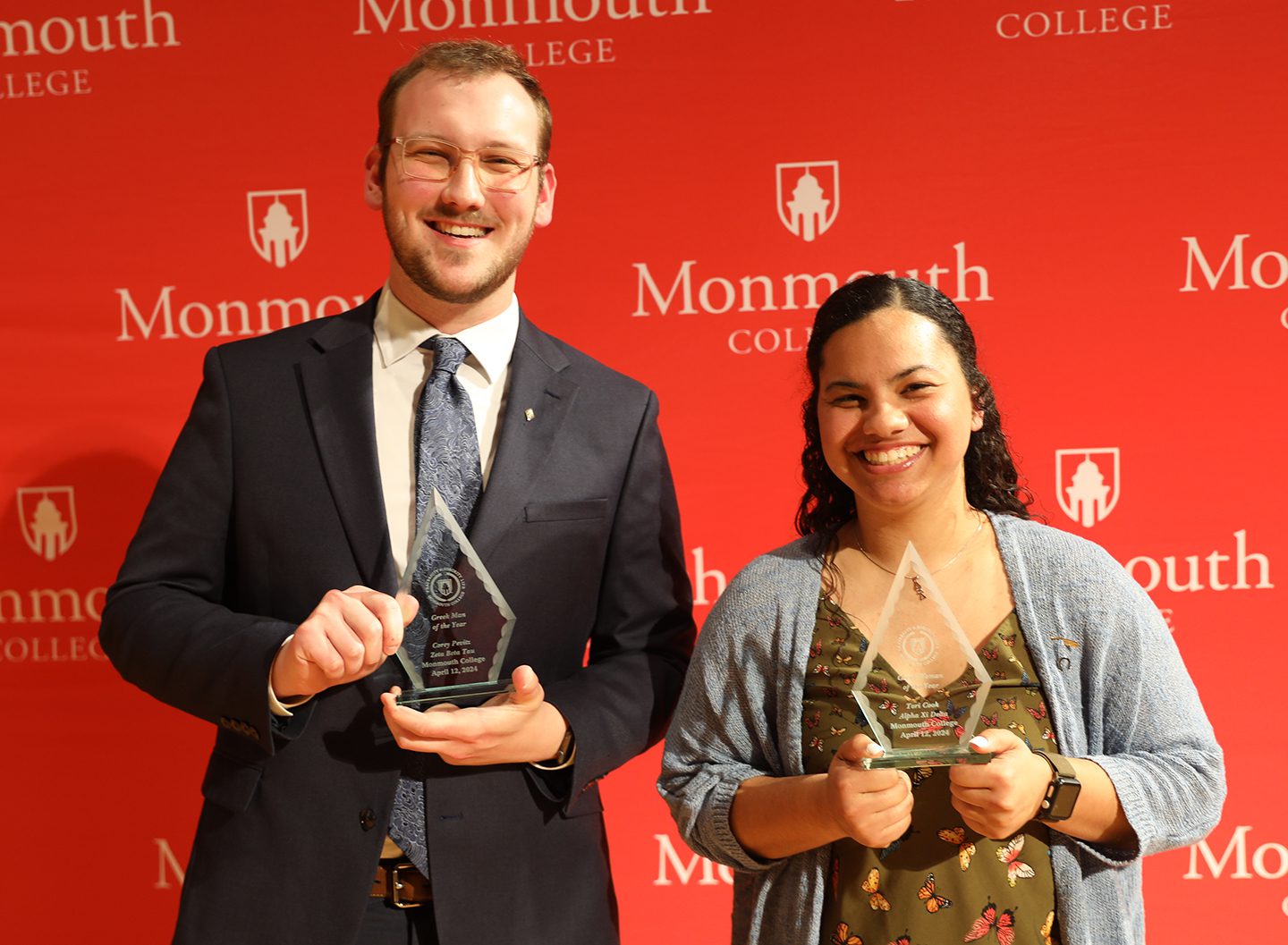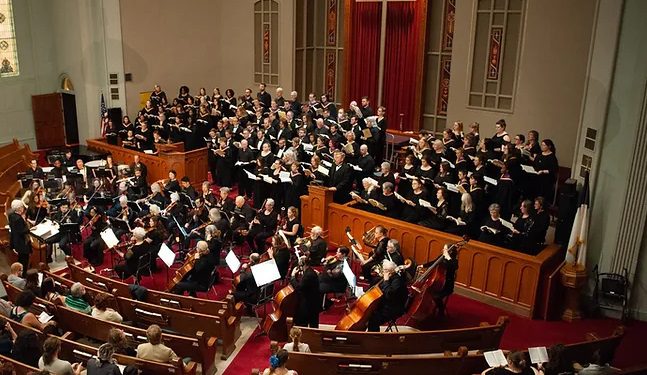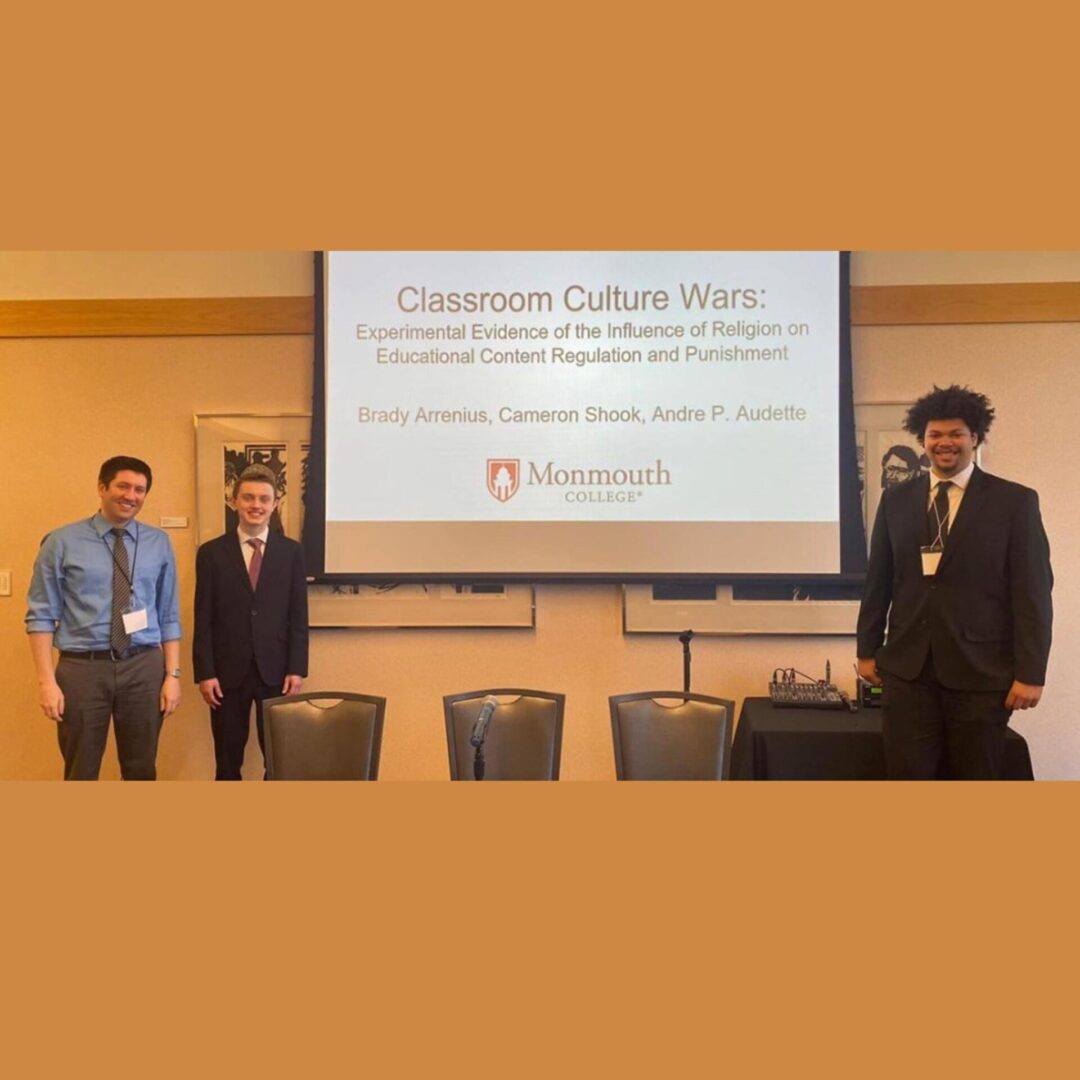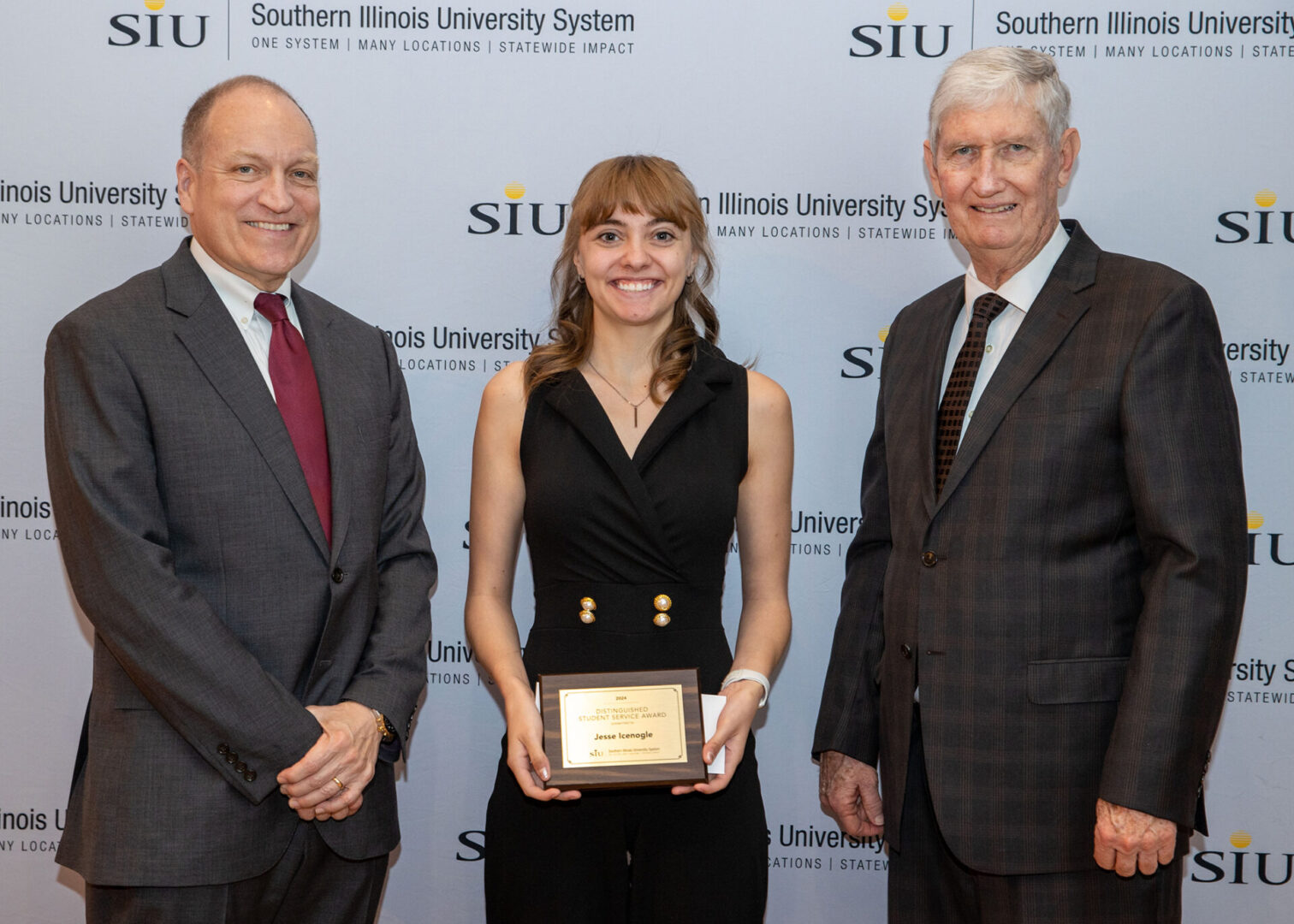MONMOUTH’S CITY OF THE DEAD
Prior to the 1830s, Americans buried their dead in churchyards and utilitarian “burying grounds.” There was little romance in the idea of death and the afterlife.
Then a Massachusetts physician and botanist named Jacob Bigelow, interested in sanitation and public parks, proposed building the country’s first landscaped cemetery—Mount Auburn—just west of Boston. It was the beginning of the American public parks and gardens movement.
Although the city of Monmouth was founded at about the same time as Mount Auburn, its frontier residents had little time and few resources to devote to the creation of picturesque gardens. When Daniel McNeil donated Block 1 of the Old Town Plat to be used as a burial ground, there was little foresight. In fact, the editors of the 1886 Warren County history commented: “It would seem that when the people of Monmouth first laid out grounds for the interment of their dead, they did not expect their town to grow very much, for they only set aside an acre for this purpose.”
As one might expect, the plots in the old Pioneer Cemetery were nearly expended within 20 years, prompting the city council to begin planning for a modern cemetery on the outskirts of town that would possess natural beauty and allow for future expansion. On Jan. 1, 1857, the city purchased 14.5 acres east of Sixth Street and north of Euclid Avenue from Rodliff N. Allen for the sum of $824.
By April, the city engineer had laid out the grounds and the city clerk and appraised the lots. The editor of the Monmouth Review, having visited the site, wrote: “The location is a good one—we know not where one more appropriate could have been selected. It is out of the way of the busy throng—quiet—and just enough secluded to be a “sepulchre for the dead.”
The first burial was Mrs. William Struthers, who died in October 1856. Within months, several of the graves from the Pioneer Cemetery were transferred to the new site. Despite efforts to be modern and progressive, however, development of the new cemetery had a few hiccups along the way.
In 1872 the city council directed city clerk C.K. Smith to work with the sexton to compile a complete list of burials. Commenting on the situation, the editor of The Review wrote: “What has been everybody’s business heretofore no one has attended to, consequently no record has been kept by the city of the time, places, or even names of those buried…How a complete record can be made up at this time—fifteen years after the commencement of interments—we know not, but we hope all persons who have friends buried in any part of the grounds will attend to the matter at once, and send Mr. Smith the desired information…”
At the same time, the new cemetery was already running out of space, with 600 lots having been sold in 15 years. By September 1873, 748 lots were in the cemetery and there had been about 1,500 burials. Only 100 vacant lots remained. Teams of horses and mules were brought in to grade the cemetery land and streets and the surplus earth was moved to the east side of the property, which had previously been too low for burials.
At the time, there was one 30-foot wide street, known as Center Street, running through the cemetery from north to south. The grading of several 10-foot alleys lessened the traffic demands on that street, so it was narrowed to 20 feet, which allowed for the creation of additional lots.
In 1881, Andrew Hickman offered land adjoining the cemetery, which became the Hickman Addition, and about the same time, an adjoining tract was purchased from Mrs. Elizabeth Weaver.
The establishment of Decoration Day following the Civil War caused the cemetery to take on new importance in the community. More than 200 Union veterans and three confederate veterans had been buried there as of 1907, and citizens turned out in droves each May for ceremonies that included a parade, speeches and the decoration of graves.
By the turn of the century, the once-modern cemetery was beginning to seem old-fashioned and crowded, prompting a group of citizens to begin discussing the creation of a new cemetery to the north. On June 3, 1901, a charter was granted to create the Glendale Cemetery Association. Six acres of land were purchased and divided into 450 lots, and a landscape architect from Chicago was hired to design a pleasing network of lots and streets.
In 1912, the Glendale partners decided to build a mausoleum. They attended the dedication of Hope Abbey in the Galesburg cemetery and began looking to cities across the country for inspiration and plans. Through a quiet campaign they sold 100 mausoleum crypts at $150 each and began a campaign to double that number.
A 1913 advertisement for the mausoleum noted: “The satisfaction of knowing one has made provision for the once certainty of life in the most modern method of the present day, where the vermine of the earth, the cold wet ground can not destroy one particle of the body. The uncertainty of the life suggests immediate reservation. Men may plan today for tomorrow, but Providence disposes. The matter of your final interment is too serious to put off until tomorrow.”
As the Glendale Cemetery continued to develop, so did Monmouth Cemetery. In 1913, the cemetery committee was empowered to purchase seven acres north of Glendale and three acres east of Glendale. In 1914, an additional 17 acres were purchased from Mrs. Jane Quinby Bucknam. In 1916, six acres of the tract known as North Hill were platted into 488 lots by the city engineer.
By 1938, the original partners of Glendale approached the city with the proposal to divest of the private cemetery. All Glendale assets became property of the city, and the Monmouth Cemetery, which began as 14 acres now stood at 32 acres.
The continuing evolution of burial customs makes the future of Monmouth Cemetery somewhat uncertain. While there were 83 adult and 19 infant burials there in 1916, today only about 40 are made annually, including cremations. A significant change has been the precipitous decline in the number of infant deaths, but so has popularity of cremation, which often does not result in burial.
Regardless of its future use, Monmouth Cemetery will remain an important historic venue. Among the residents of this city of the dead are Monmouth College’s first president, founders of the first women’s fraternity, a Civil War general, a builder of the CB&Q railroad, a man who photographed Lincoln, an internationally known magician, and a champion billiards player. A walk through its rolling hills is a walk through history.





